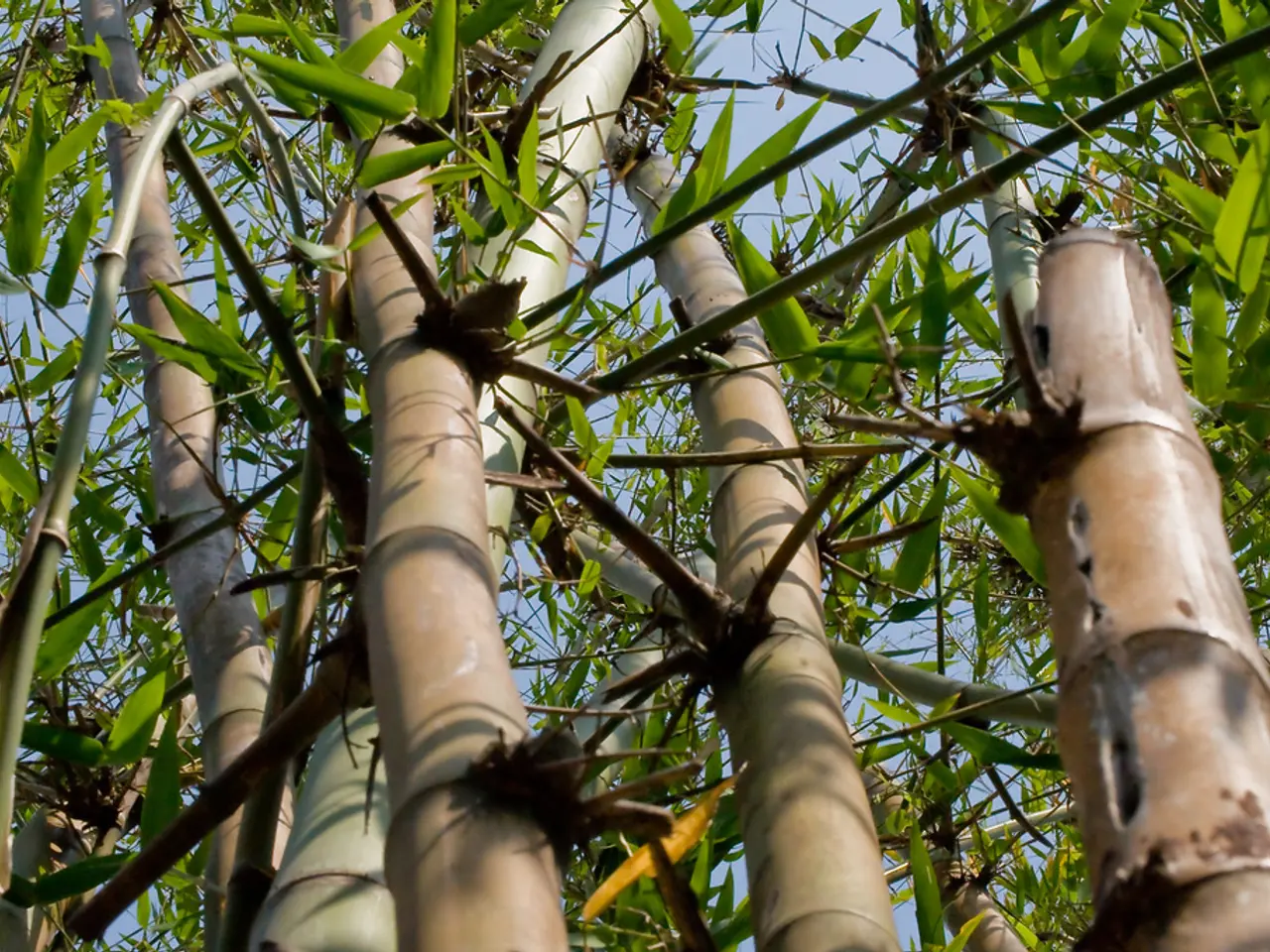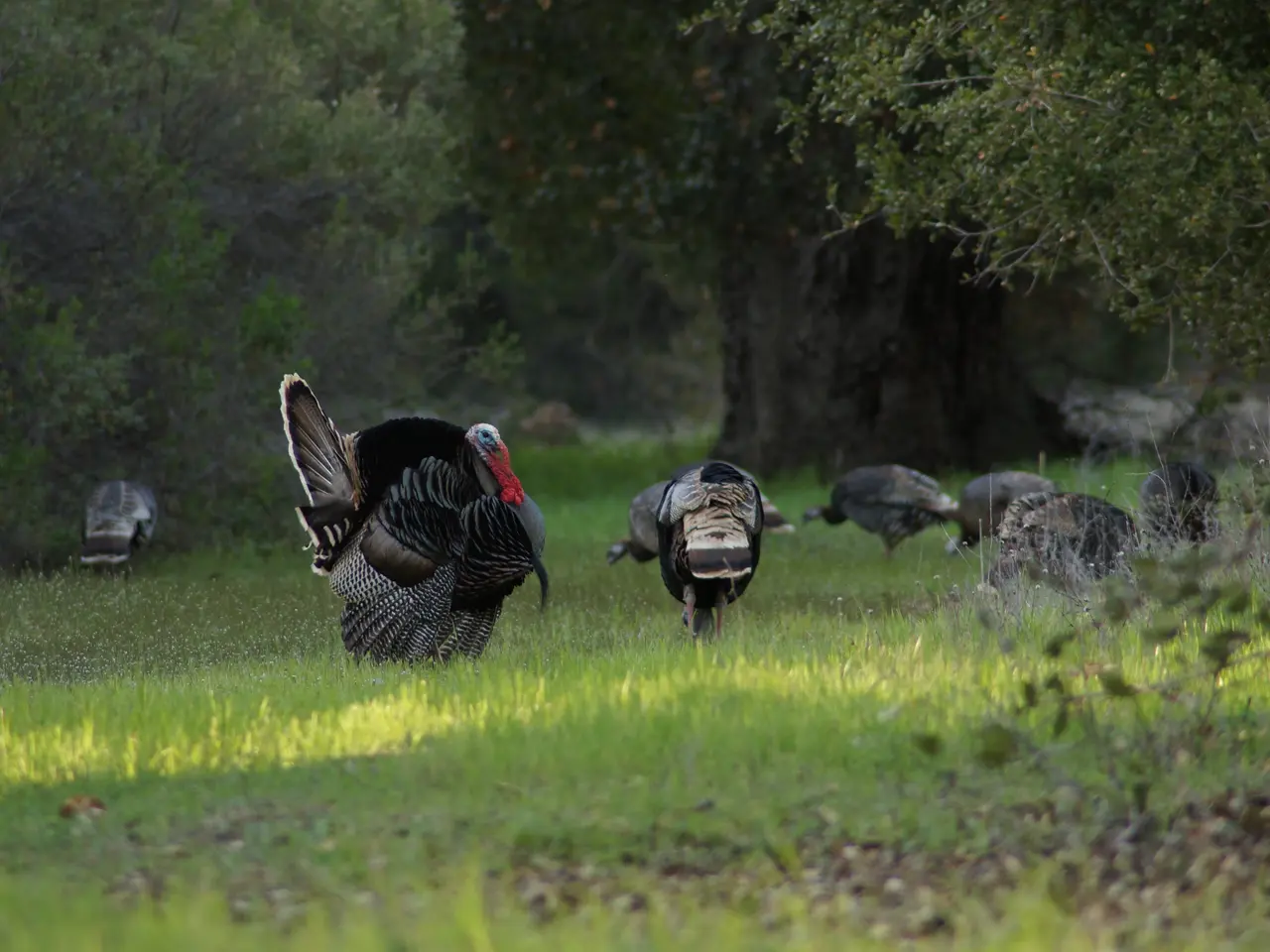Comprehensive Guide on Nurturing Bamboo Bonsai: Tips, Tricks, and Essential Knowledge
For bonsai lovers seeking a unique, evergreen addition to their collection, dwarf bamboo is an excellent choice. Known for its easier care compared to other types of bonsai, dwarf bamboo offers a graceful, textured appeal that sets it apart.
Some of the best dwarf bamboo varieties for bonsai include Pleioblastus pygmaeus, Shibataea kumasasa, Sasa kurilensis, and Sasa veitchii. Pleioblastus pygmaeus, one of the smallest rhizomatous bamboo species, grows only 20-40 cm tall with striking leaves, making it well-suited for bonsai culture. Shibataea kumasasa, growing 40-60 cm high, boasts evergreen, teardrop-shaped leaves arranged in a zig-zag pattern, thriving in part to full shade.
Other dwarf types, such as Sasa species, remain relatively low (80-150 cm) and have ornamental foliage, although they may require careful root management to prevent spreading.
### Caring for Dwarf Bamboo Bonsai
To ensure the health and longevity of your dwarf bamboo bonsai, proper care is essential. Most dwarf bamboos prefer bright, indirect light but can tolerate partial shade, with Shibataea kumasasa thriving in part to full shade. Keep the soil consistently moist but well-drained; bamboo roots dislike standing water. Use a well-draining bonsai soil mix that retains moisture but does not stay soggy, ideally including akadama or organic matter with good drainage.
Temperature and humidity requirements vary by species, with some preferring cooler, more shaded environments, while others grow well in northern climates and tolerate cold. Regular pruning of leaves and stems is necessary to maintain the bonsai shape, and root pruning and containment using bonsai pots help control growth, especially for species that spread via rhizomes.
Fertilize your bamboo bonsai lightly during the growing season with a balanced, diluted fertilizer to support healthy foliage and root growth. Be aware that bamboo bonsai sometimes lose a few leaves after being repotted, but this is a normal part of the process.
Unlike some popular bonsai trees like dwarf jade or ginseng ficus, which are indoor plants requiring warmth, dwarf bamboo bonsai often prefer cooler and more shaded environments, making them unique choices for bonsai enthusiasts.
When repotting, remove the old potting mix from the container and use fresh potting mix regardless of which container you use. Repot tropical bamboo between the end of spring and beginning of the summer, and repot other bamboo varieties during the middle of spring.
Bamboo bonsai is typically styled in a forest or group planting style, with multiple bamboo plants arranged together to resemble a miniature forest. This style not only adds a visually appealing element to your bonsai collection but also helps control the rapid growth of bamboo.
In summary, dwarf bamboo varieties like Pleioblastus pygmaeus and Shibataea kumasasa stand out as the best choices for bonsai due to their compact size, slow spreading nature, and appealing foliage. Proper care involves managing light, water, soil, temperature, and regular pruning to maintain their miniature form and health. With the right care and attention, dwarf bamboo bonsai can become a beautiful and unique addition to any bonsai enthusiast's collection.
- Lifestyle choices can even extend to one's hobbies, with bonsai lovers finding personal growth in the care of unique evergreens, such as dwarf bamboo.
- When planning home-and-garden landscapes, one might consider incorporating dwarf bamboo as a low-maintenance yet visually striking addition to their home-and-garden.
- In the realm of fashion-and-beauty, it's interesting to note that dwarf bamboo has found a niche in a less obvious industry, serving as the unusual subject matter for bonsai artists and enthusiasts alike.
- Food-and-drink connoisseurs might find themselves intrigued by unique pairings, such as a dwarf bamboo bonsai serving as a conversation starter at a gathering or event.
- In the context of education-and-self-development, learning about dwarf bamboo bonsai care could be a valuable pursuit for those seeking a hobby that fosters patience, discipline, and attention to detail.
- For travelers seeking new experiences, visiting bonsai museums or workshops specializing in exotic plants like dwarf bamboo could offer an opportunity for both learning and enjoyment during their travels.




